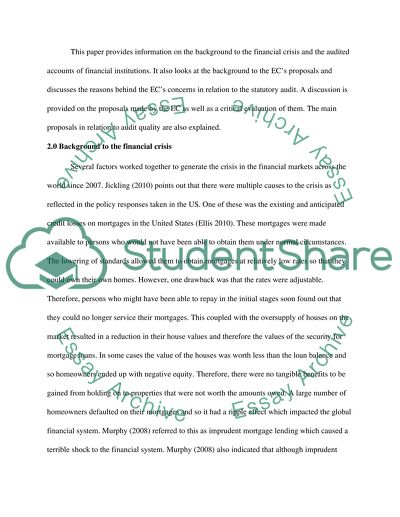Cite this document
(“The analysis of EC Proposals and the Statutory Audit Essay”, n.d.)
The analysis of EC Proposals and the Statutory Audit Essay. Retrieved from https://studentshare.org/finance-accounting/1402087-audit-assurance
The analysis of EC Proposals and the Statutory Audit Essay. Retrieved from https://studentshare.org/finance-accounting/1402087-audit-assurance
(The Analysis of EC Proposals and the Statutory Audit Essay)
The Analysis of EC Proposals and the Statutory Audit Essay. https://studentshare.org/finance-accounting/1402087-audit-assurance.
The Analysis of EC Proposals and the Statutory Audit Essay. https://studentshare.org/finance-accounting/1402087-audit-assurance.
“The Analysis of EC Proposals and the Statutory Audit Essay”, n.d. https://studentshare.org/finance-accounting/1402087-audit-assurance.


